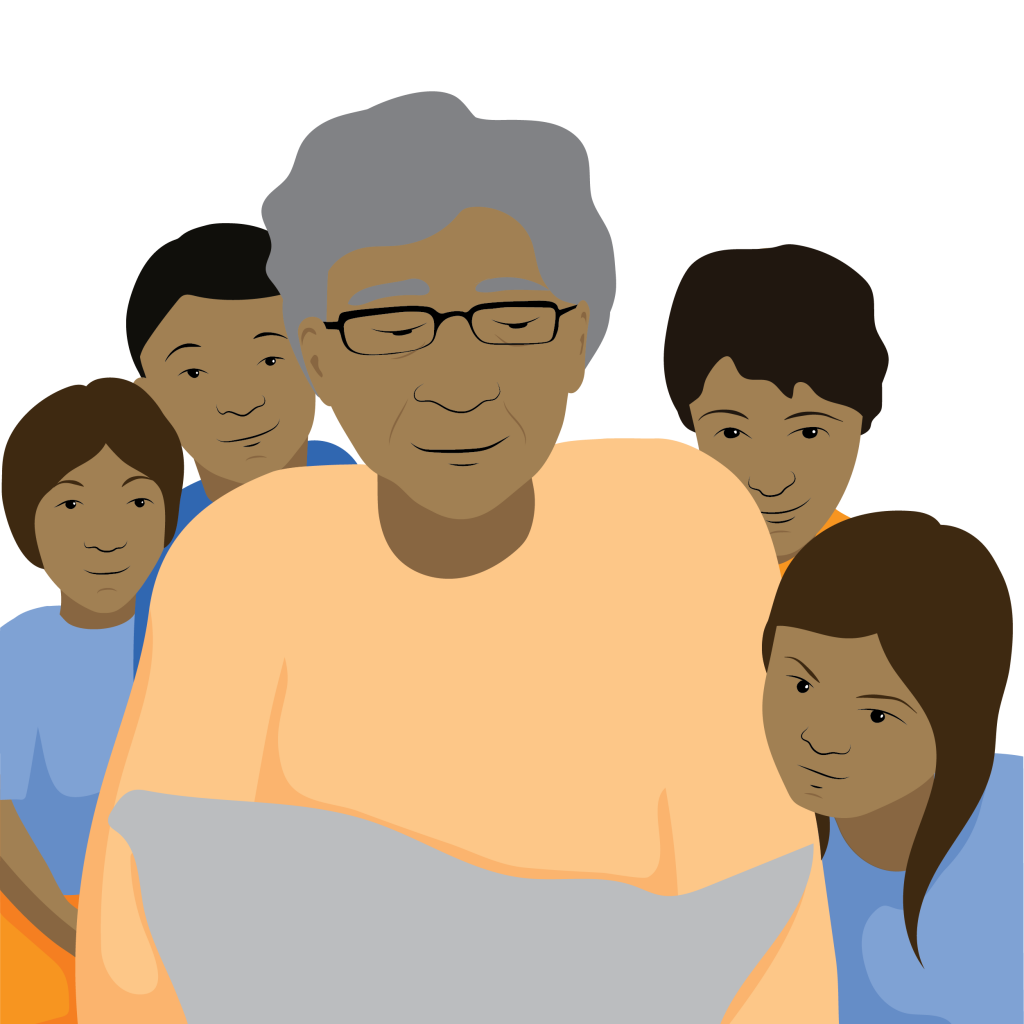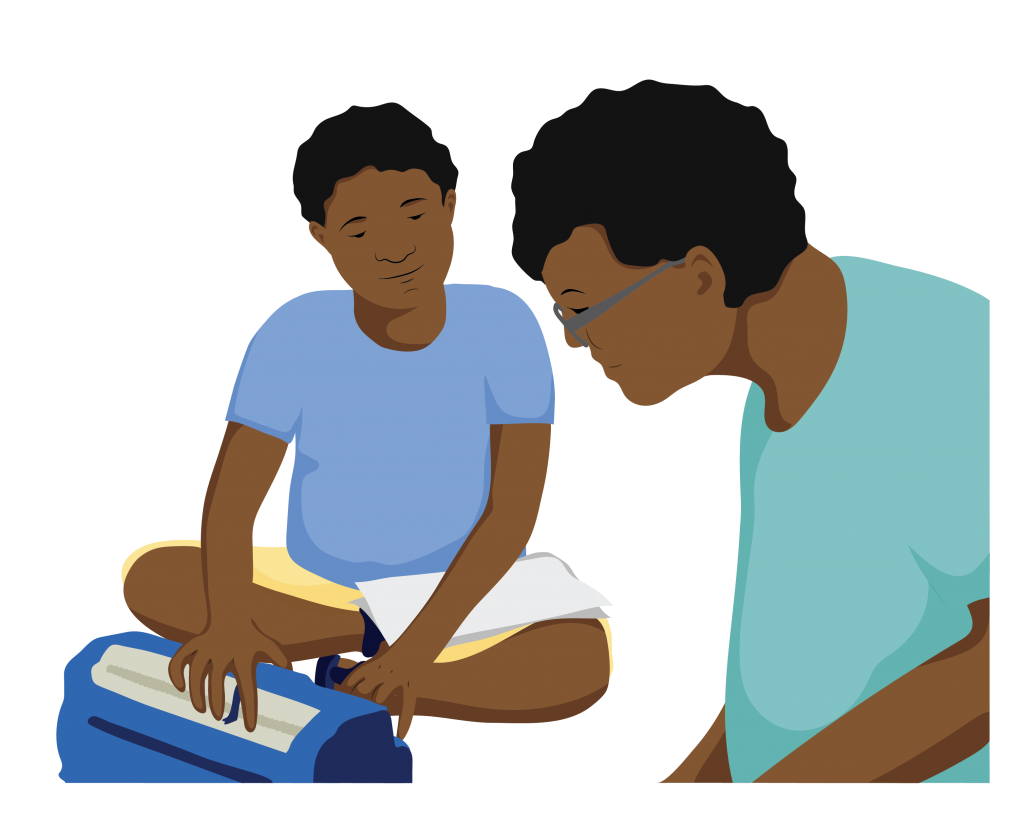In the last topic we looked at different aspects of vision. This topic describes some of the problems people may have with their vision.
Image coming…
Image coming…
Refractive error
This is a common problem people of all ages may have. Refractive error happens when the shape of a person’s eye does not bend light correctly. This affects how well they can see.
Types of refractive error include:
- Myopia, which can be called near-sightedness. People with myopia can see close objects clearly, however more distant objects are blurry
- Hyperopia, which can be called far-sightedness. People with hyperopia can see objects in the distance clearly however find it hard to focus on close objects
- Astigmatism. People with astigmatism have both distorted distance and near vision
Refractive error can usually be fixed with prescription glasses, contact lenses or refractive surgery.
Provision of prescription glasses is not included in TAP.
Discussion
Are prescription glasses readily available in your area? If so, who provides them?
Loss of vision with age
As people age, many experience difficulty seeing up close (for example to read, or manage fine tasks).
This condition is called presbyopia, and can often be successfully managed through the use of reading glasses.
Provision of reading glasses is included in TAP.

Remember Malik?
Malik has presbyopia. When Malik was younger, he had no problems with his vision. A few years ago, he noticed that he was having difficulty seeing when sewing. He was relieved to find that reading glasses solved the problem for him.
Question
At what age do you think people start to begin experiencing difficulty seeing up close (presbyopia)?
People may start to experience presbyopia as early as 35 or as late as 50. For most people, presbyopia is likely to begin in their early to mid-40s.
Vision impairment
A vision impairment is a problem with vision that cannot be fully corrected by glasses or surgery.
Vision impairment affects people in different ways. The most common are:
- Vision acuity (difficulty in seeing clearly)
- Field of vision (reduced area of vision)
The severity of the problem also varies. In TAP, two levels of vision impairment are used:
- Low vision
- Blindness
Question
Refractive error can be corrected with prescription glasses, contact lenses or refractive surgery.
A person with a vision impairment may benefit from these things, however their vision will not be fully corrected.
Vision impairment: low vision
A person with low vision has some use of vision, however will usually find it very difficult to learn or carry out tasks or activities without the assistance of AP.
People with low vision may have:
- Vision acuity of between 6/18 – 3/60 (after correction by glasses or surgery) and/or
- Field of vision of less than 20° from side to side

Remember Ying?
Ying has low vision. She wears prescription glasses which improve her vision, however she still has significant difficulty seeing.
Ying uses a hand held magnifier to see things up close and a hand held telescope to see things further away (such as street signs).
Vision impairment: blindness
A person who is blind has complete loss of vision. They are likely to use different ways to learn and carry out activities, often with the assistance of AP. For example many people who are blind benefit from learning to read and write braille.
People who are blind may have:
- Vision acuity which after correction (such as glasses or surgery) is less than 3/60 and/or
- Field of vision of less than 10° from side to side

Remember Michael?
Michael is blind. This is why he needs his white cane to walk to and from school. Michael is learning braille at school.